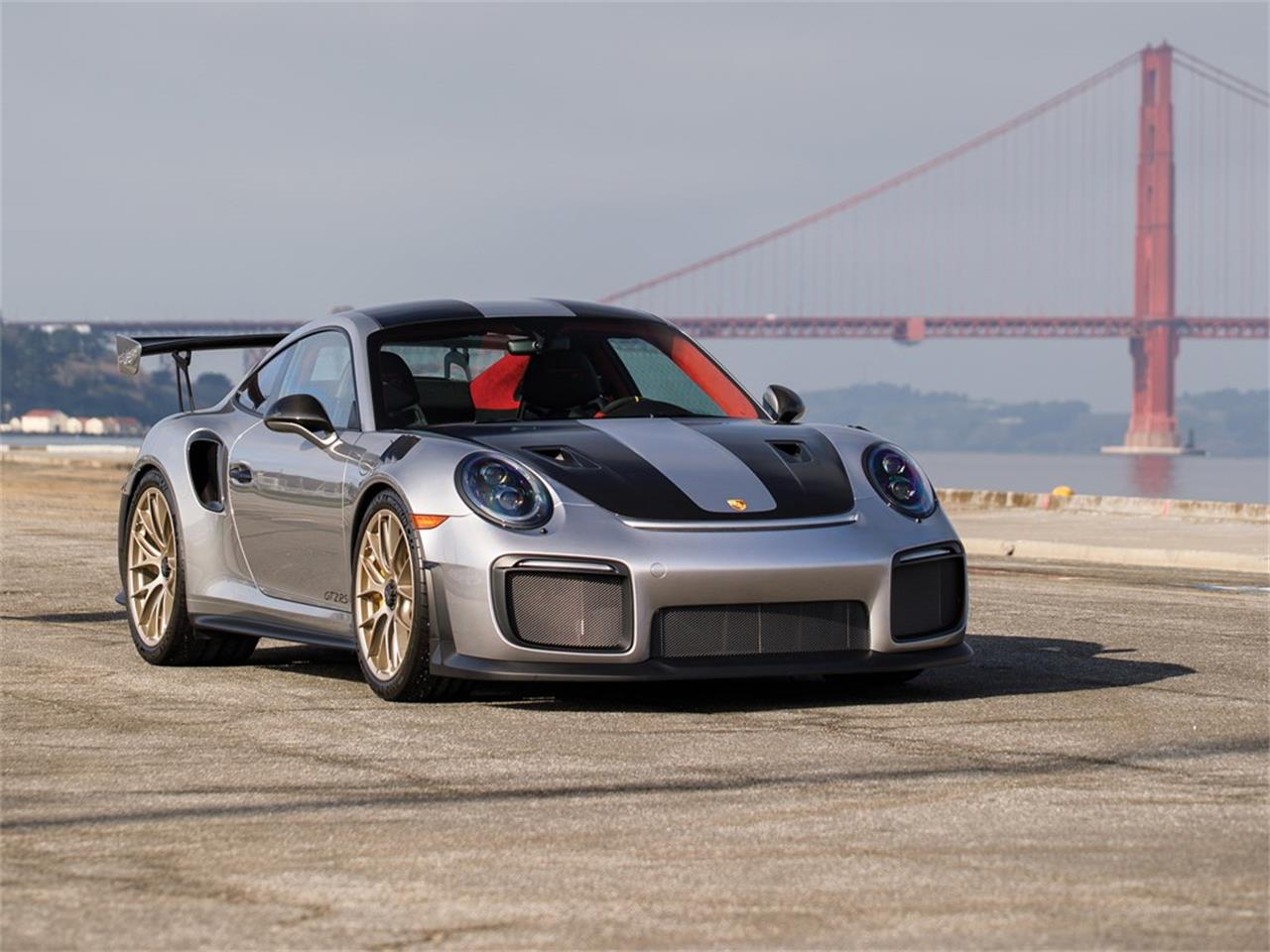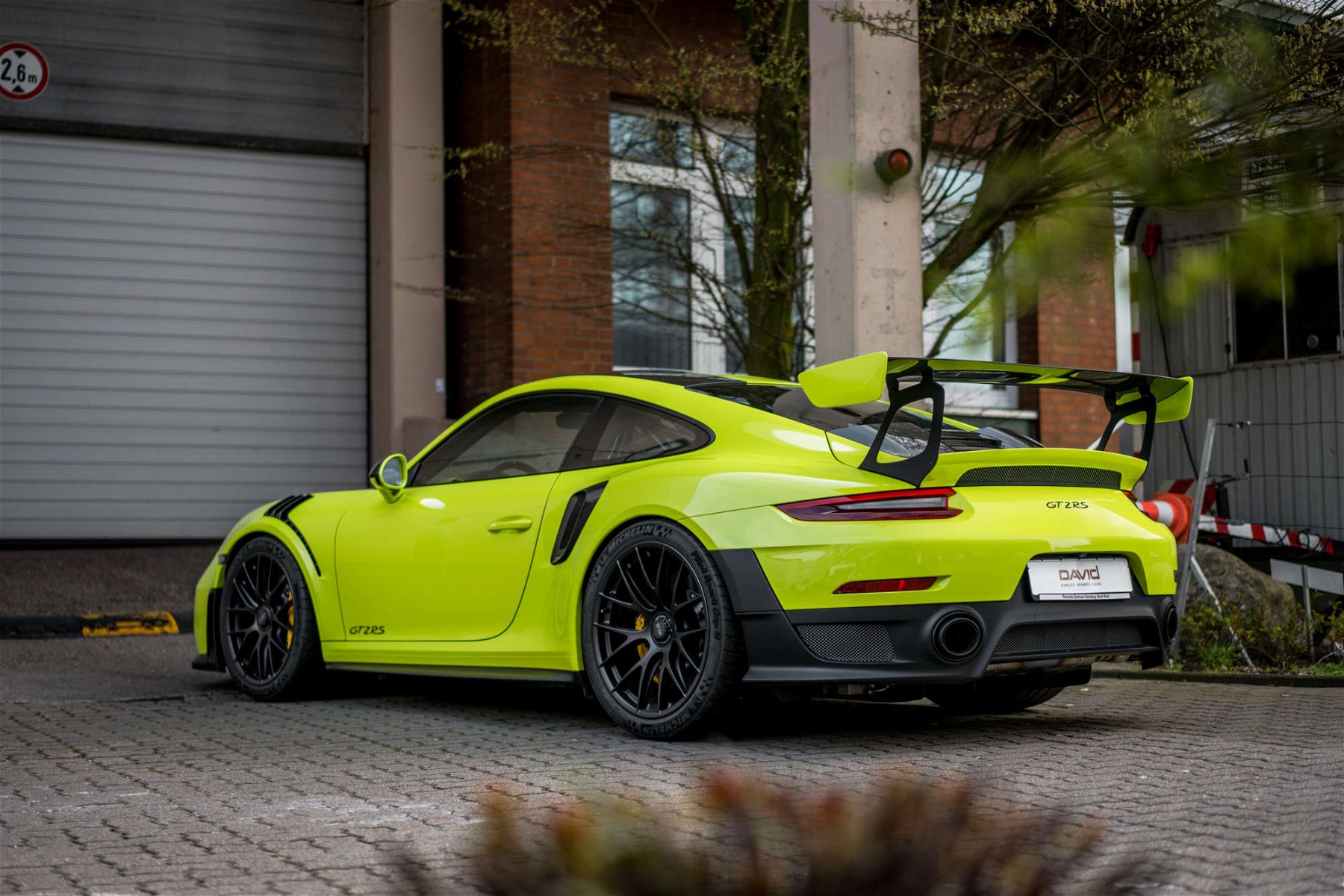

– Brake system: Two separate brake circuits for front and rear axles adjustable via brake balance bar system – Rear axle: McPherson multi-link rear axle adjustable height, camber and track, optimised stiffness with high-performance spherical bearings, centre-locking wheel nuts 3-way racing dampers, reinforced tie-rod, blade anti-roll bar – Front axle: McPherson suspension strut adjustable height, camber and track, optimised stiffness with high-performance spherical bearings, centre-locking wheel nuts 3-way racing dampers, reinforced tie-rod electro-mechanical power steering with variable steering ratio blade anti-roll bar – Fire extinguishing system with electronic release unit – Recaro racing bucket seat with longitudinal seat adjustment and padding system in accordance with FIA Standard 8862/2009 – 115-litre FT3 safety fuel cell, refuelling through the front hood – Removable CFRP rear hood with quick release catches – Lightweight CFRP front hood with quick release catches – CFRP roof with removable escape hatch complying with FIA Art. – Enlarged air inlets with integrated LED headlights in 4-point design – Weight-optimised bodyshell in aluminium-steel composite design

– Limited slip differential optimised for racing – Internal pressurised oil lubrication with active oil cooling – 7-speed PDK gearbox with rigid suspension and short throw – Rear silencer with twin tailpipes mounted centrally – DMSB-approved 100-cell metal catalytic converter – Electronic engine management (Continental SDI 9) – 4-valve technology with camshaft adjustment and valve-lift switchover – Water-cooled 6-cylinder aluminium twin-turbo rear-mounted boxer engine and rigid suspension 3,800 cc stroke 77.5 mm bore 102 mm ca. – Single-seater near-standard non-road-homologated race car The rear axle is fitted with four-piston callipers and 380-millimeter discs. Six-piston aluminium monobloc racing callipers on the front axle in combination with internally ventilated and grooved steel brake discs with a 390-millimeter diameter provide excellent deceleration values at the front axle. The positioning of the engine behind the rear axle ensures excellent traction and braking performances.
#Porsche gt2 rs driver
Like in all other racing versions of the 911, the driver changes gears via ergonomically positioned shift paddles on the steering wheel. Power from the rear engine is transferred via a rigidly mounted seven-speed Porsche dual clutch gearbox (PDK) to the 310-millimetre-wide rear wheels. Both share the same engine as their road-legal relative: a state-of-the-art 3.8-litre flat-six twin-turbo motor. The technology of the race car from Weissach is based on the high-performance 911 GT2 RS sports car, just like in the 935, which Porsche unveiled nine weeks ago. We are currently holding very productive talks with the race organiser SRO,” says Dr Frank-Steffen Walliser, Vice President Motorsport and GT Cars. “For the upcoming years, our customers will not only race the GT2 RS Clubsport on track days but also at international motor racing events. The 515 kW (700 hp) racing version of the road-legal 911 GT2 RS sports car is limited to 200 units and can be run at clubsport events as well as selected motorsport meets.


 0 kommentar(er)
0 kommentar(er)
